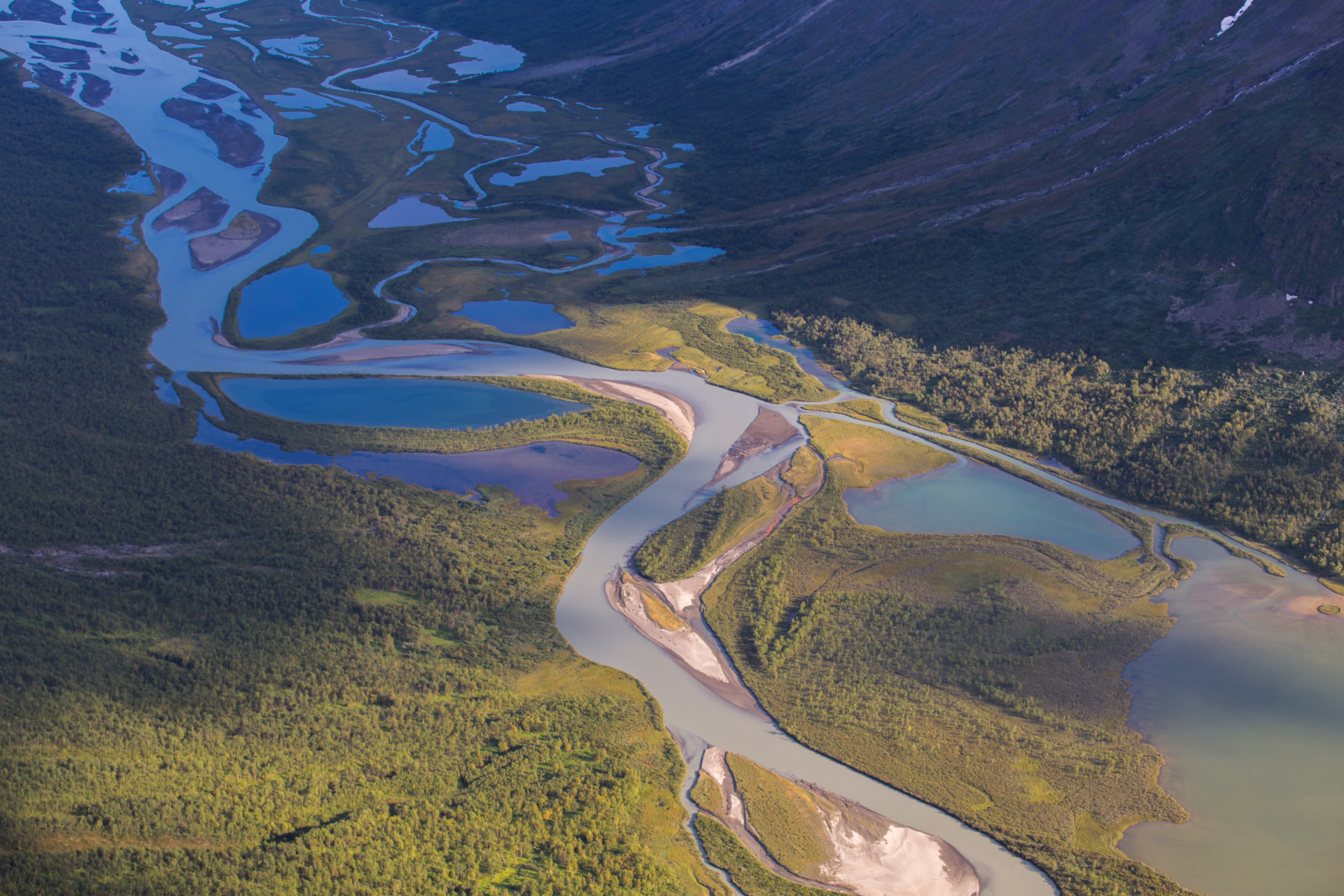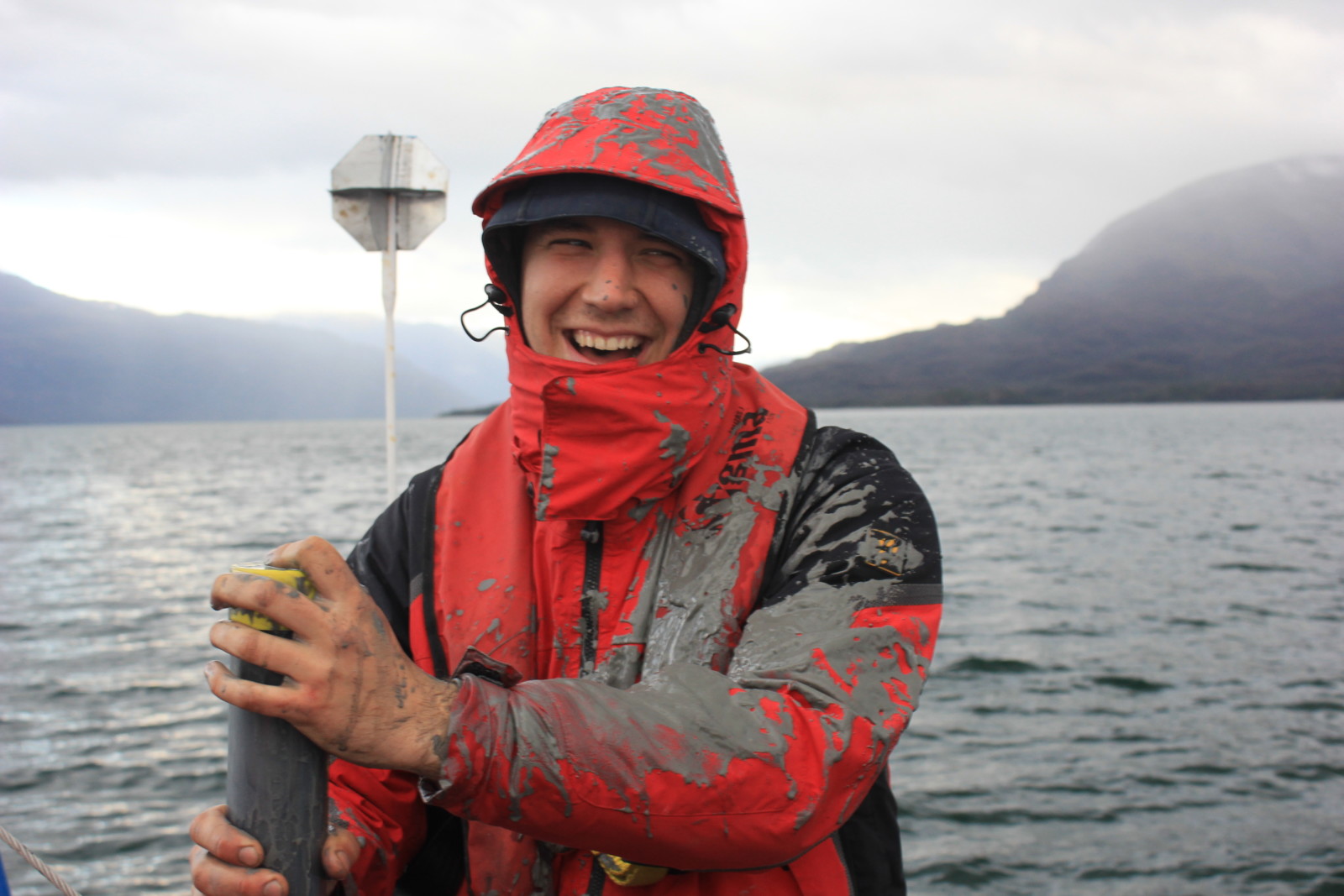
Figure 1: Ice crystal growing under extreme conditions on the Greenland Ice Sheet. [Credit: Ole Zeising, Imaggeo]
Nature is chaotic and random. Non-linear processes take place in our oceans, atmosphere and ice. No two snowflakes are the same, so why would two careers be the same? In this week’s blog, we highlight a number of scientists who took non-linear routes in their careers and give you some advice if you are considering a career change.
Why do we need to highlight different career paths?
From a young age, we are asked ‘what do you want to be when you are older?’ But many young people don’t know. Indeed, many older people aren’t sure either. It is now more common for people to have multiple careers in their lives, either because they want a change, or they have to change due to circumstances (having a family, becoming ill or moving country for instance). Often, linear career paths are highlighted, because they are most common. But they can also be viewed as the only way to climb your career ladder, which is not the case. As we show in this blog, non-linear career paths are normal, advantageous and lead to very successful careers. We hope that by highlighting multiple career opportunities, you might be inspired to make the change you are thinking about.
Linear and non-linear
The term ‘non-linear career path’ describes career development which deviates from the traditional ‘linear’ model of career advancement. Within academia, a non-linear career path typically involves periods of employment in industry or outside of research but may also include a career change in later life. Linear (academic) career paths often feature progression through a series of degrees and postdocs, with the aim of ultimately becoming a professor or senior lecturer.

Figure 2: Career paths are like meandering rivers: unique, beautiful and natural [Florian Konrad, Imaggeo]
Meandering rivers
Some non-linear career paths calmly meander like rivers, with only small steps between different jobs or topics. Dr Ruth Mottram, senior climate scientist at the Danish Meteorological Institute, started her career as a graduate trainee, working for a well-known oil company in their exploration and production area. Whilst the job didn’t prove useful for her subsequent PhD in terms of technical skills, it was useful for organisation skills. Her earlier experience in industry also assisted in Ruth’s postdoc, which was funded by energy industries. ‘I already had some insight into how industry worked, which was helpful before carrying out my postdoc project’. This industry experience has gone on to assist her in her current (non-university) research position. ‘Working at a meteorological institute, classical research meets operational needs in everything from weather forecasting to volcanic eruptions. The ice sheet- climate field I work in now also includes communicating to planners and policymakers, supervising students and operational aspects.’
Dr Andy Emery also worked in the oil and gas industry as a consultant after his master’s degree in structural geology and geophysics. It was whilst working on a project investigating the effects of Quaternary glaciation on hydrocarbon reservoirs that Andy discovered this new world of geology. ‘I developed a deep fascination for palaeoglaciology and landscape evolution, and decided to study the effects of past glaciations on the North Sea for my PhD’. Working in consultancy prior to his PhD was beneficial for Andy. ‘I had already developed efficient time and project management skills, so I was confident of my abilities to research without too much supervision’ he explains. Following short postdocs, Andy decided to go back into industry as a geophysicist for an offshore renewables consultancy. You may also recognise him from this year’s ‘Artist (not) in residence’ at vEGU21, where Andy transformed research into poetry and written art. ‘My varied, meandering career path has taken me to some fascinating places, literally and metaphorically, and given me a broad, solid base in applied geosciences for a sustainable future’.
Dr Małgorzata Chmiel is a postdoc in glacier seismology at ETH Zürich, Switzerland. Her PhD was partially funded by a private geophysics company, and she spent 1/3 of her time working there, with the other 2/3 spent at Grenoble Alpes University in France. ‘After defending my PhD, I was hesitating between pursuing a career in academia or industry’ explains Małgorzata. Eventually, she went to work for a startup company based at the same university where she studied. ‘I worked at the startup for 1.5 years, but at some point, I started to miss research’ she continues, and so she decided to apply for her current postdoc. ‘The startup company was attached to the university, and thanks to that, I stayed in touch with academia, but was able to acquire new technical skills, improve my communication skills and work on applied problems.’
Michael Lonardi is a PhD candidate in the field of Arctic Meteorology in Leipzig. He’s been a firefighter for the last 7 years, which gave him the confidence to pursue a field-based career. ‘The pragmatic approach to problems typical of emergencies, where a quick solution is needed, is something that helps me fix issues in the field and establish priorities in the office’ he says. He also lived in Svalbard for a year, which gave him the opportunity to assist in fieldwork and have a summer job working with balloon measurements. He thinks that these experiences, as well as living in the Arctic, helped with his PhD work. ‘You know how to handle the cold and the light conditions, and furthermore you know what conditions your instruments face’.
Bigger Changes and Transitions
Other non-linear career paths feature large jumps from one theme to another, and perhaps back again. Dr Mike Prior-Jones has had periods of employment in industry, academia and non-university research positions. After graduating from his degree in electronical engineering, Mike worked in TV and radio engineering, before becoming a communications technician in Antarctica for the British Antarctic Survey (BAS). ‘This job introduced me to polar science and logistics, which I found fascinating’ he says. Whilst working, he discovered that he could apply for an internally funded PhD with BAS and focused on polar radio communication techniques. ‘At the end of my PhD, I realised that there were limited career options in the very niche field of my research, so I looked for jobs in the private industry’ Mike explains. He spent a number of years working in engineering consultancy, commercial research and development, before seeing an opportunity to re-enter the academic field at Cardiff University. ‘In my position, I combine my polar regions experience, the practical engineering side and prototyping skills I gained from working in industry. I do feel that I benefitted from working in a wide range of organisations and it’s good to see different perspectives.’
Similarly, Dr Tracey Dornan, a fisheries acoustician at the British Antarctic Survey, also had large periods of employment in and outside of academia. After studying for her bachelor’s degree in Environmental Science as a mature student, Tracey worked for a number of environmental conservation Non-Governmental Organisations (NGOs) focusing on improving green spaces and communicating with community groups. ‘Whilst I really enjoyed my work (for 10 years), I wanted to see the world, but without compromising on my strong environmental ethos’ explains Tracey. So, she decided to see the world by bicycle. ‘I spent 2.5 years cycling around the world, through 18 countries and over 18,000 miles (29,000km). I didn’t travel by plane, with all water crossings by everything from cargo boats to dugout canoes.’ Whilst travelling, she was shocked by the extent of coral bleaching and signed up to complete a master’s degree in international marine environmental consultancy. Shortly after, she decided to do a PhD focusing on biological oceanography, and now uses her expertise in her work. Tracey says that travelling and time outside of academia gave her a host of transferable skills which helped her get through the hard times during her studies. ‘When experiments fail, it starts to wear you down, but I truly value the autonomy of science’ she says.

Figure 3: The ‘actual living scientist’ theme on social media (and on the Imaggeo image repository) shows scientists in the field, lab and at their desks. Whether their journey to academia was short and straight or long and windy, they all have smiles on their faces! [Loic Piret; imaggeo]
Non-academic commitments
Sometimes, scientists take a break from academia due to certain commitments. TJ Young, a postdoc at the University of Cambridge, completed mandatory national service in his home country of Taiwan after his PhD. TJ was a park ranger at the Taroko National Park in Taiwan. ‘Stepping away from academia for two years was a blessing in disguise’ he says. The break from academia gave him ample time to think about his career options and make an independent decision about whether he wanted to continue in academia and research. There were other advantages to the non-academic part of his career, which he has now brought into his academic career. ‘It was nice to finish work for an evening and not think about it, and scheduling vacation without feeling guilty about taking time off. I now consider these invaluable skills to incorporate in academia’.
Wise words
What advice do the scientists have for others who are considering a career change, or worried about leaving and re-entering academia? ‘Try to keep an open mind about the kind of work you want to do’ says Mike. ‘Often your skills (experiment design, data analysis, presentation and writing skills) will translate across very readily into interesting and well-paid roles in the private sector’. Ruth and Michael both agree that transferable skills are a key part of every job, whether in academia or another sector. ‘The main point is to know your strengths and make other people aware of your skills’ says Michael. If you want to continue in research, but perhaps not at a university, there are many options explains Ruth. ‘The research field is more flexible than just universities. At some institutes, such as the meteorological centres around the world, there is a mixture of research and operational demands.’ Małgorzata also highlighted that the lines between academia and industry can be blurry. ‘I was still working on some research projects whilst doing some more routine processing for the startup company, but keep in mind that project timelines are much shorter in industry (weeks-months) than academia (months-years)’.
Re-entering the academic job market can be perceived as difficult, as publishing papers can sometimes still be regarded higher than other skills. ‘Getting back into academic institutions is now getting a little easier’ explains Mike, ‘as institutes now recognise that industry backgrounds often bring valuable perspectives and collaborative connections to academic research’. Małgorzata advises that ‘if you land a job in industry, but are still interested in research, keep in touch with academia and ideally keep an eye on new opportunities.’ Tracey explains that ‘whilst science is competitive and I had to take a pay cut for a while, the satisfaction I derive from my research is absolutely worth it’.
‘Just because you’ve started driving down one career lane, it doesn’t mean you can’t switch into another lane if the opportunity arises’ concludes Andy. If you are thinking about making a change, whether big or small, remember, your career isn’t only about the end destination, but the (many) paths that you take along the way.
Edited by Maria Scheel
 This blog was written by Dr Jenny Turton, on behalf of the Early Career Scientist (ECS) representatives working group for jobs and careers at EGU. Jenny is a postdoc in Erlangen, Germany, working on Arctic meteorology and atmosphere-ice interactions.
This blog was written by Dr Jenny Turton, on behalf of the Early Career Scientist (ECS) representatives working group for jobs and careers at EGU. Jenny is a postdoc in Erlangen, Germany, working on Arctic meteorology and atmosphere-ice interactions.
Huge thank you to everyone who contributed to this blog by providing their career details. They are: Ruth Mottram, Michael Lonardi, Andy Emery, Mike Prior-Jones, TJ Young, Tracey Dornan and Małgorzata Chmiel.
